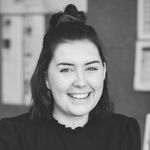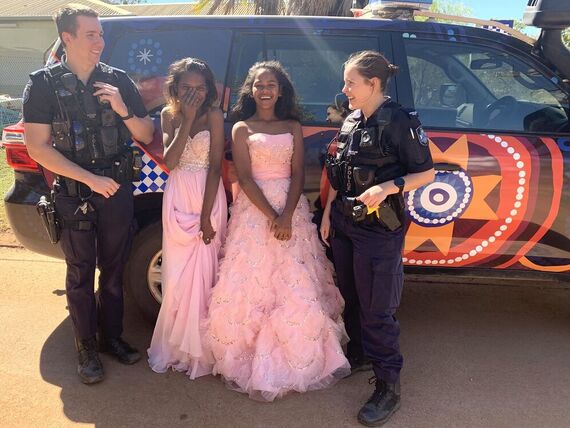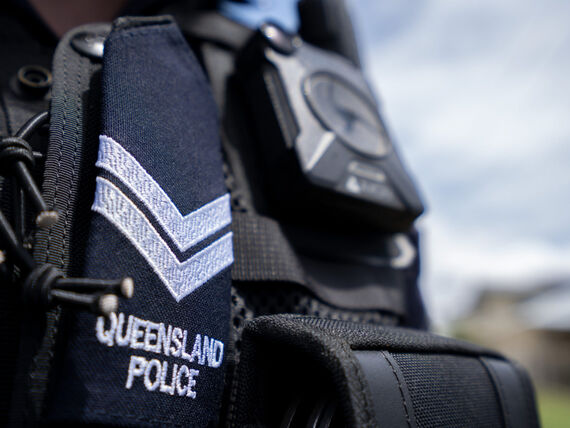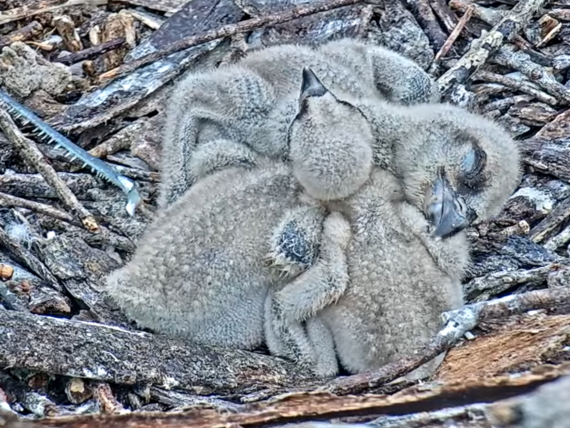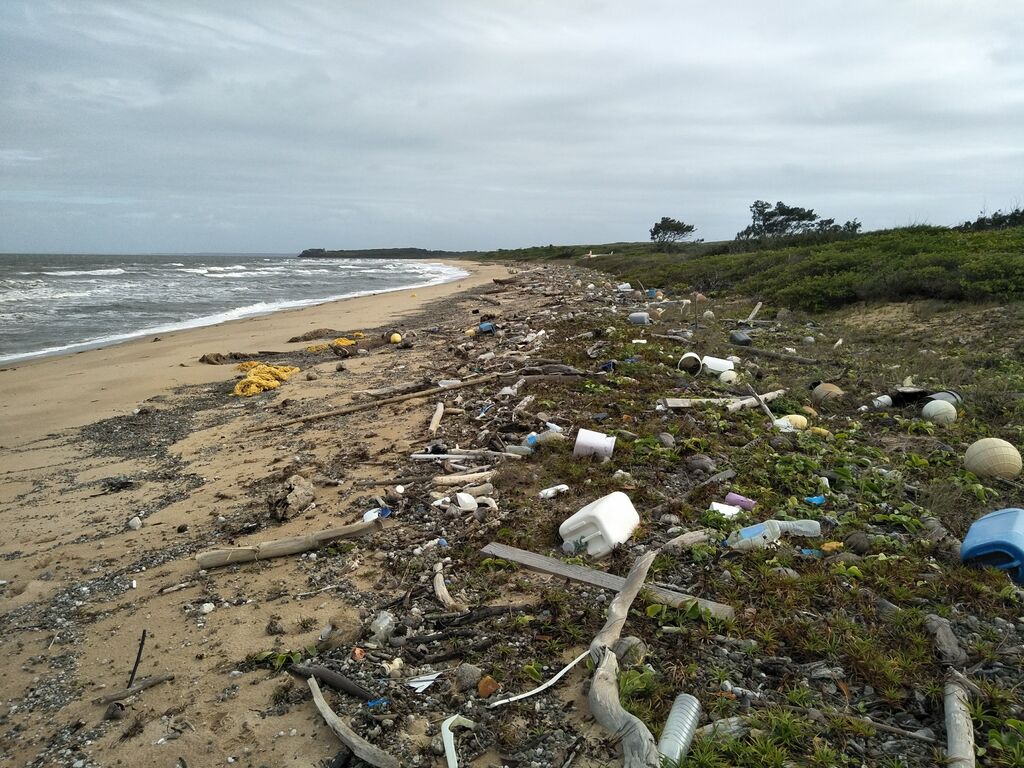
Tens of thousands of plastic items have been found along the Cape York coast, in some of the world’s most remote pockets of shoreline.
The latest annual Tangaroa Blue aerial survey travelled across 810 kilometres of coastline from Cooktown to the tip of Cape York.
The Tangaroa Blue team and volunteers counted 2,882 plastic floats, 211 ghost nets, 147 long line beacons, and 234 fish aggregating devices (FADs) among the overwhelming volume of washed-up waste.
##BA##
Although fishing litter dominates the debris, Tangaroa Blue CEO Heidi Tait said the amount of discarded household plastics is also increasing.
“There’s a wide variety of debris on the beaches, from kids toys and household items to food packaging, plastic drinking bottles and resin pellets,” she said.
“In what should be a pristine coastline along the Great Barrier Reef, it’s heartbreaking to take to the sky and see massive pockets of plastic pollution littering the tide lines of these remote beaches.
##PQ##
“But without an aerial survey like this the changing levels of marine debris in these largely inaccessible areas would go unreported and critical habitat would be left to drown in plastic.”
Where it can, Tangaroa Blue runs six or seven clean-ups each year in Cape York, as well and many others across Australia.
“Volunteers can spend a week doing a clean sweep on one spot, working with traditional owners and rangers," Ms Tait said.
“We target culturally significant sites, like a turtle nesting location or somewhere particularly devastated by debris from an offshore cyclone.
“Picking up a tonne of plastic per kilometre is not unheard of on these trips.”
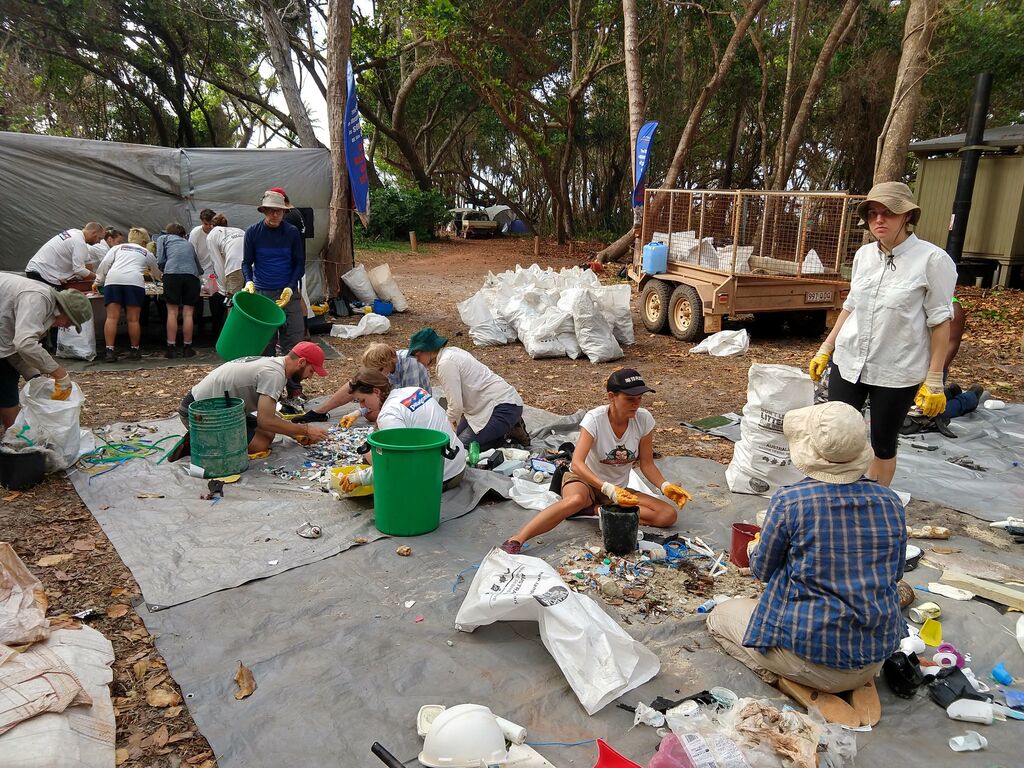
The organisation’s latest findings follow the Federal Government’s National Plastics Plan announced in March, which attempted to outline a strategy for addressing the country’s burgeoning plastic waste problem.
A state-wide single-use plastic ban comes into effect from September, after the Queensland Government unanimously passed legislation outlawing single-use straws, stirrers, cutlery, plates and expanded polystyrene products earlier this year.
“While it’s encouraging that governments are starting to tackle single-use plastics, the sad fact is there are no plans or policies to deal with the debris we’re finding along these remote coastlines,” Ms Tait said.
“We can't afford to wait decades more before ocean plastics are incorporated into the National Plastics Plan.”
Tangaroa Blue’s aerial survey is part of the Federal Government’s ReefClean program and supported by the Morris Family Foundation through GBR Helicopters.

